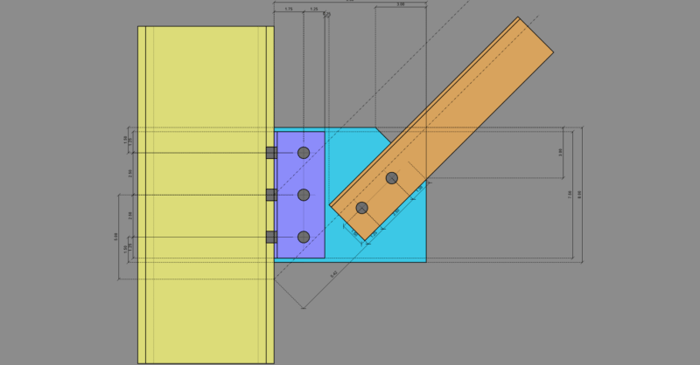
March 15, 2017
Added Knee Brace Connections
RISAConnection v7 recently added a new Knee Brace (Kicker Brace) connection type. This connection can be designed at the brace to column or brace to beam.
Halloween isn’t just for candy and costumes—it’s the perfect time to test your spooky engineering skills! We’ve brewed up a Halloween-themed RISA Jeopardy game, packed with fun, easy questions about our software. Tip for readers: Try to answer before revealing the “treat” below each question! 💀 Can You Count? 100 – RISACalc: How many components are currently available in RISACalc? 10 (Beam, Column, Steel Joist, Composite Beam, Retaining Wall, Spread Footing, Wall Footing, Drilled Pier, Seismic Load, Wind Load) 200 – FD: How many Data Entry spreadsheets are available in RISAFoundation? 25 300 – RISA-3D: How many countries or regions have building codes supported in RISA-3D? 9 (US, Canada, Mexico, Europe, Great Britain, India, Australia, New Zealand, Saudi Arabia) 🎃 Adaptable 100 – ADAPT: Which of these is not an ADAPT product? ADAPT-Builder, ADAPT-Felt, ADAPT-Floor, ADAPT-ABI ADAPT-Floor 200 – ADAPT: Which mode of ADAPT-Builder is used to design slabs-on-grade on expansive soils using the PTI method? ADAPT-SOG 🕸️ The Whole Family 100 – Other: This steel detailing software and fellow Nemetschek brand has a built-in export option in RISA-3D. SDS2 200 – Other: Which design code is the most common in our software, found in 8 of our 10 programs?…
Read More

RISAConnection v7 recently added a new Knee Brace (Kicker Brace) connection type. This connection can be designed at the brace to column or brace to beam.
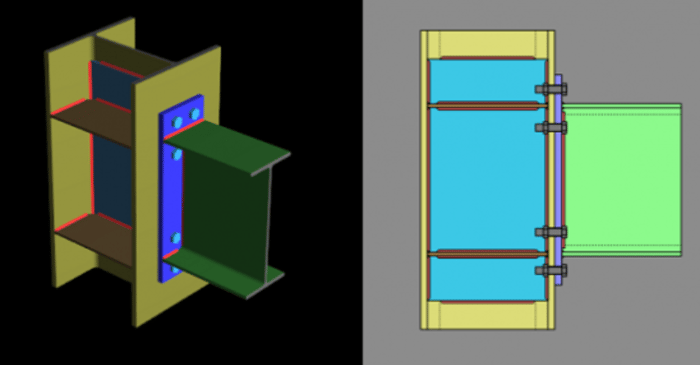
RISAConnection v7 now allows both Transverse Column Flange Stiffeners and Column Web Doublers to be applied to Beam to Column Moment Connections.
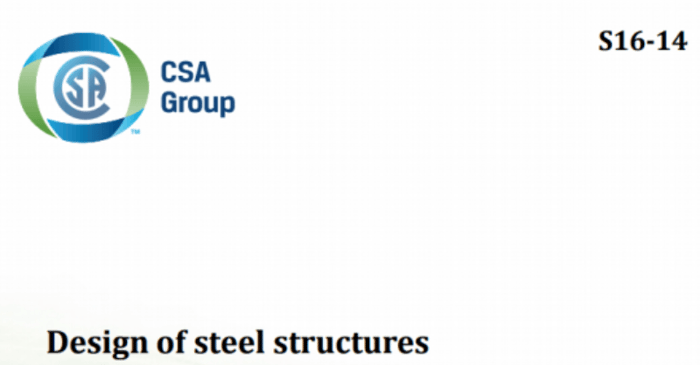
RISA-3D now supports hot rolled steel design for the Canadian market according to CSA S16-14.
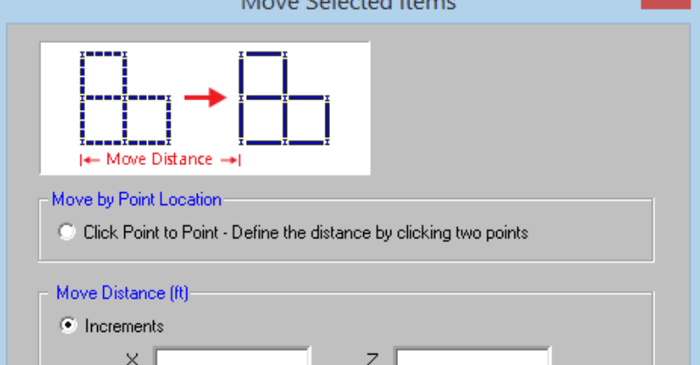
RISAFloor v11 includes the ability to re-position selected elements such as beams, columns, walls, and nodes in your model. On the Graphic Editing Toolbar, click on the Move Selected Items button to open the Move Selected Items dialog box.
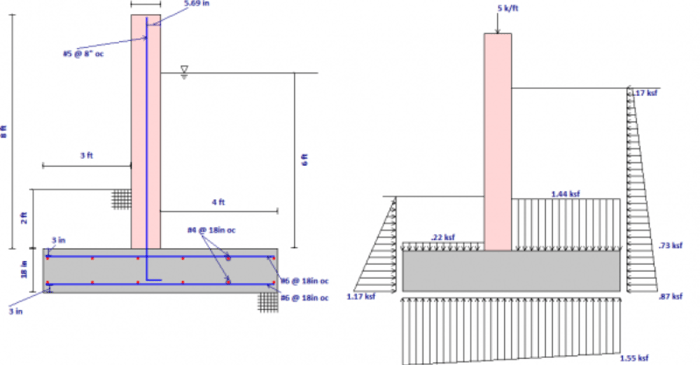
Now available in RISAFoundation v9 is the ability to design masonry retaining walls and strip footings with the latest US codes. Simply define your masonry wall and reinforcement parameters in the Wall Footing Definition Editor and then draw your wall footing.
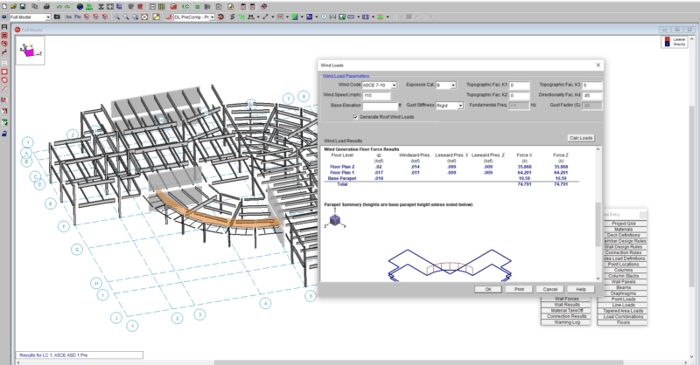
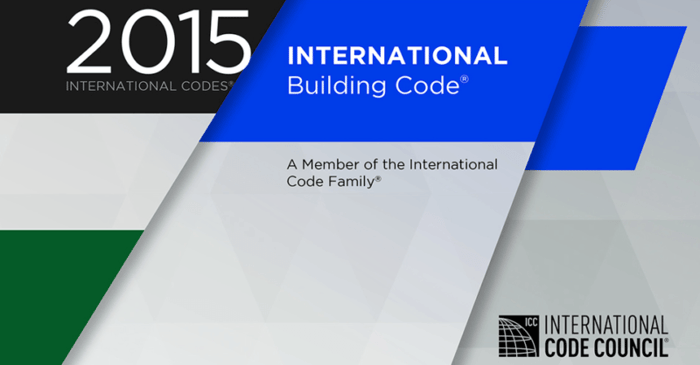
These include:

In RISA-3D, RISAFloor, and RISAFoundation the cursor now provides additional information regarding the cursor coordinates. As you move your cursor around on your screen, a box adjacent to your cursor will appear and populate with the coordinates of the cursor.
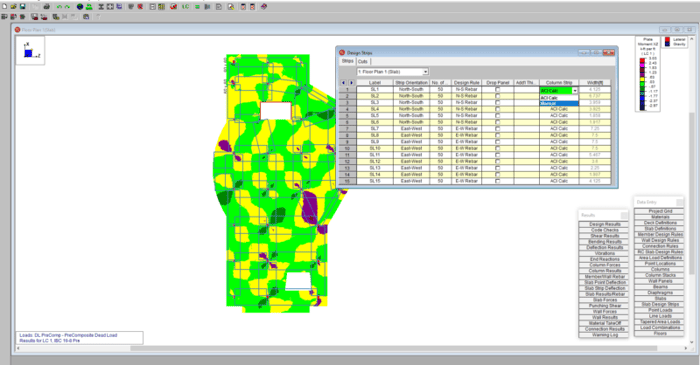
RISAFloor v11 now includes the ability to create custom column strip widths in order to optimize the design of slab reinforcement.
Our monthly "Structural Moment" newsletter is the best way to keep up with RISA’s product updates, new releases, new features, training events, webinars and more...